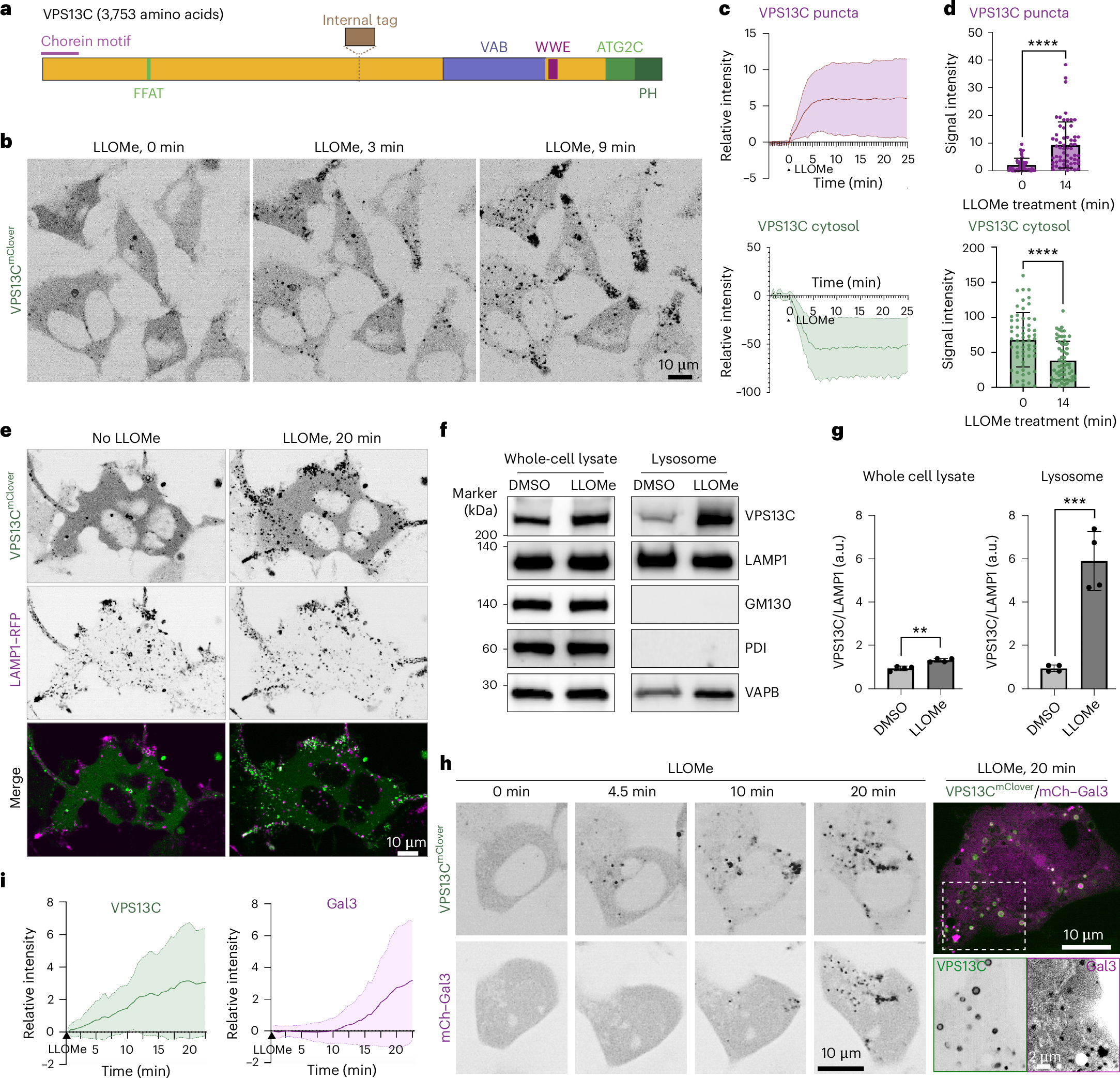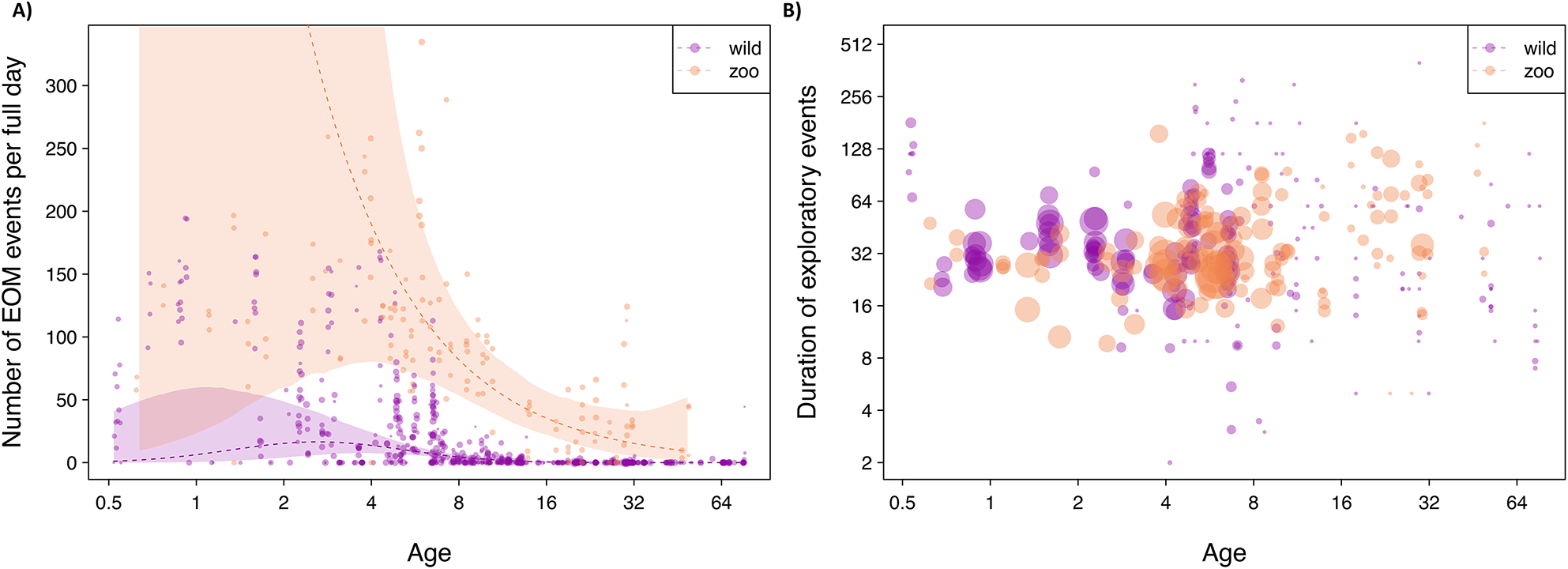2025-04-10 イェール大学
<関連情報>
- https://medicine.yale.edu/news-article/damaged-cell-trash-cans-may-contribute-to-parkinsons-disease/
- https://www.nature.com/articles/s41556-025-01653-6
橋渡し型脂質輸送タンパク質VPS13C/PARK23がリソソーム損傷後のER-リソソーム接触を仲介する The bridge-like lipid transport protein VPS13C/PARK23 mediates ER–lysosome contacts following lysosome damage
Xinbo Wang,Peng Xu,Amanda Bentley-DeSousa,William Hancock-Cerutti,Shujun Cai,Benjamin T. Johnson,Francesca Tonelli,Lin Shao,Gabriel Talaia,Dario R. Alessi,Shawn M. Ferguson & Pietro De Camilli
Nature Cell Biology Published:10 April 2025
DOI:https://doi.org/10.1038/s41556-025-01653-6

Abstract
Based on genetic studies, lysosome dysfunction is thought to play a pathogenetic role in Parkinson’s disease. Here we show that VPS13C, a bridge-like lipid-transport protein and a Parkinson’s disease gene, is a sensor of lysosome stress or damage. Following lysosome membrane perturbation, VPS13C rapidly relocates from the cytosol to the surface of lysosomes where it tethers their membranes to the ER. This recruitment depends on Rab7 and requires a signal at the damaged lysosome surface that releases an inhibited state of VPS13C, which hinders access of its VAB domain to lysosome-bound Rab7. Although another Parkinson’s disease protein, LRRK2, is also recruited to stressed or damaged lysosomes, its recruitment occurs at much later stages and by different mechanisms. Given the role of VPS13 proteins in bulk lipid transport, these findings suggest that lipid delivery to lysosomes by VPS13C is part of an early protective response to lysosome damage.


